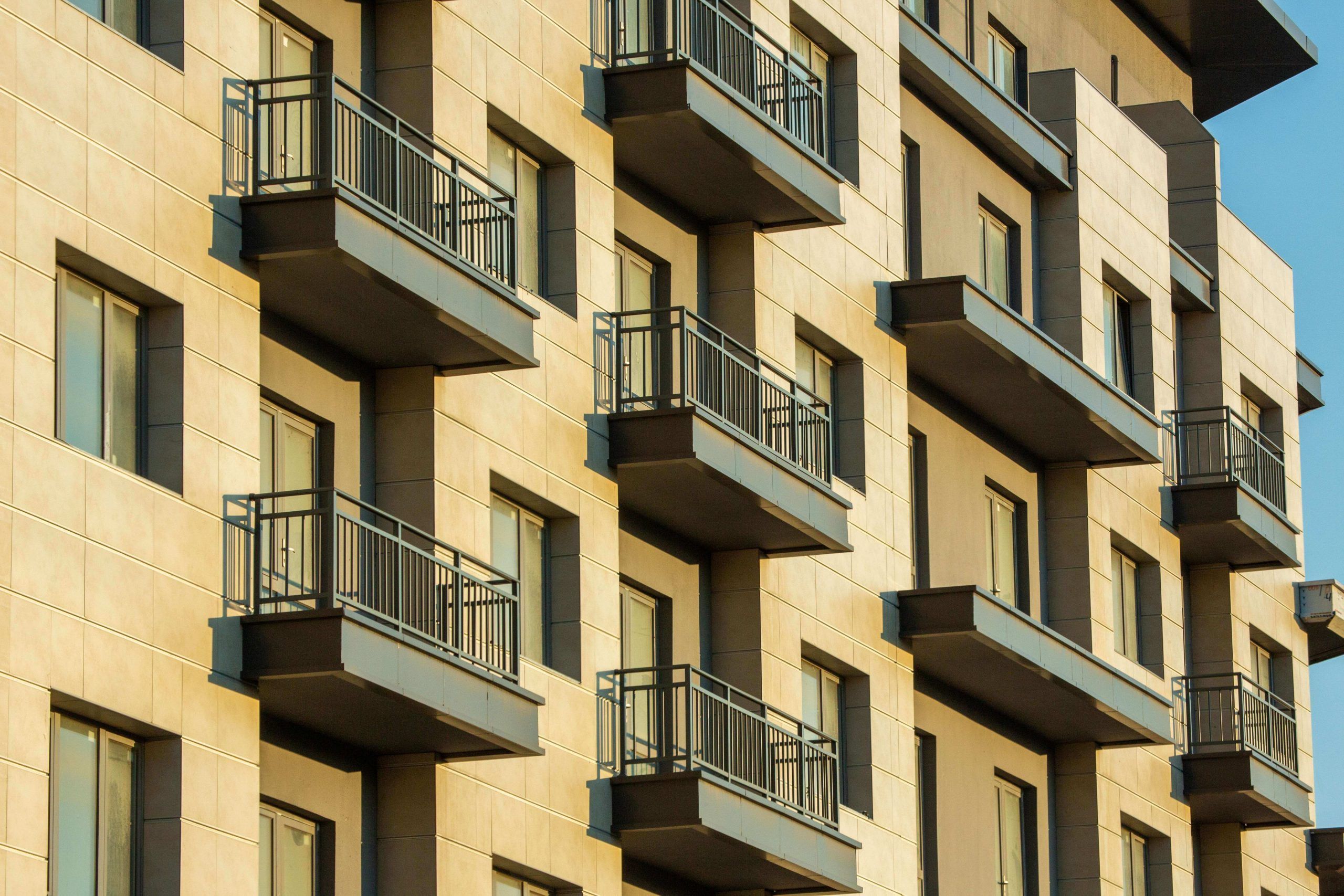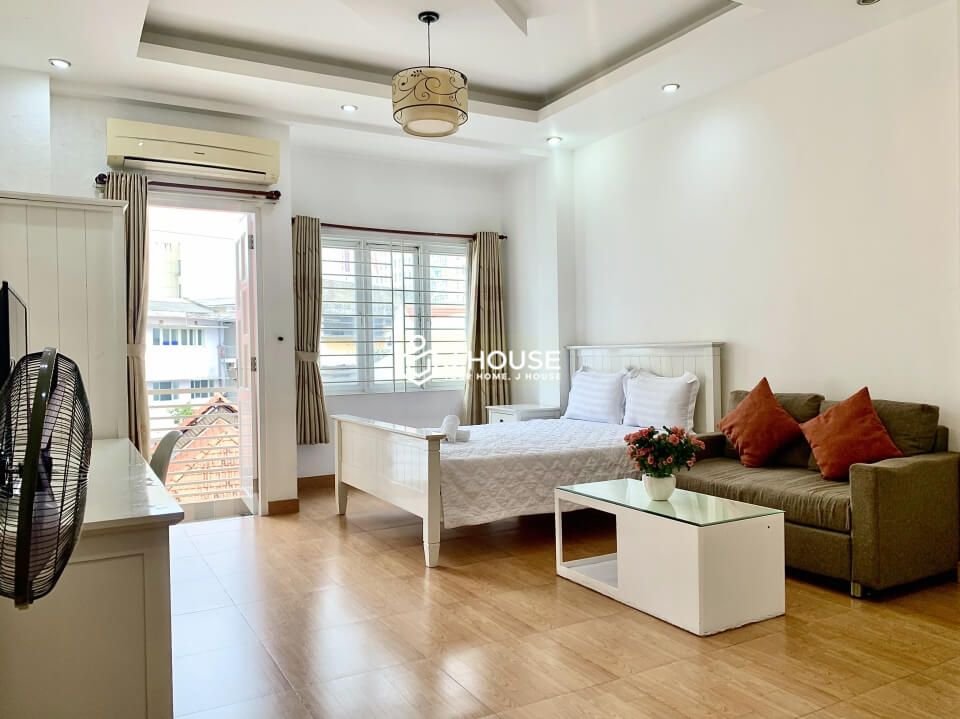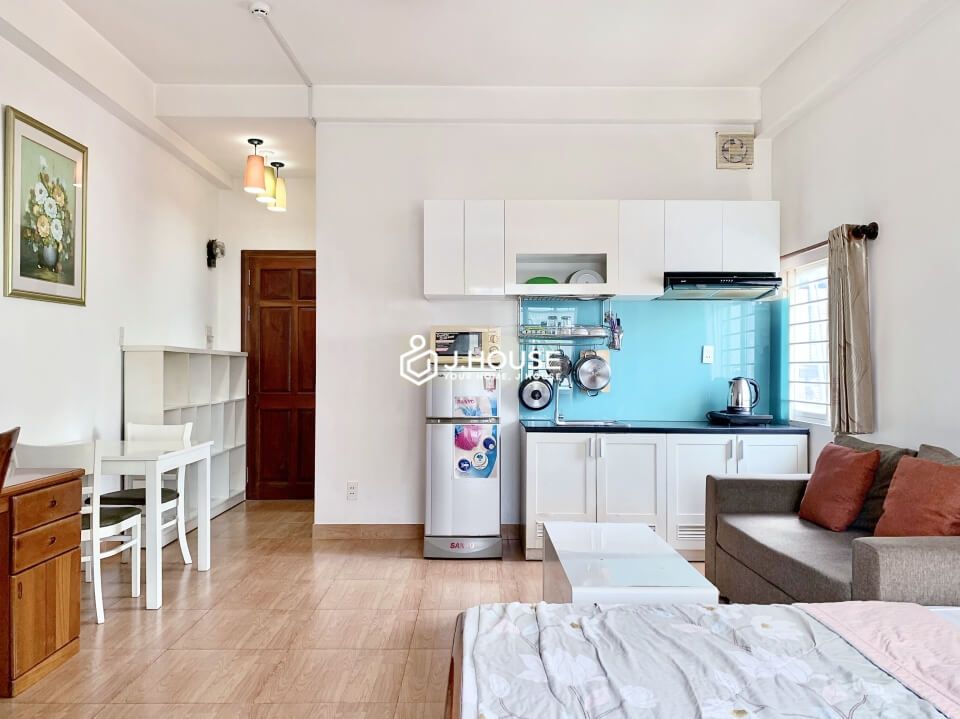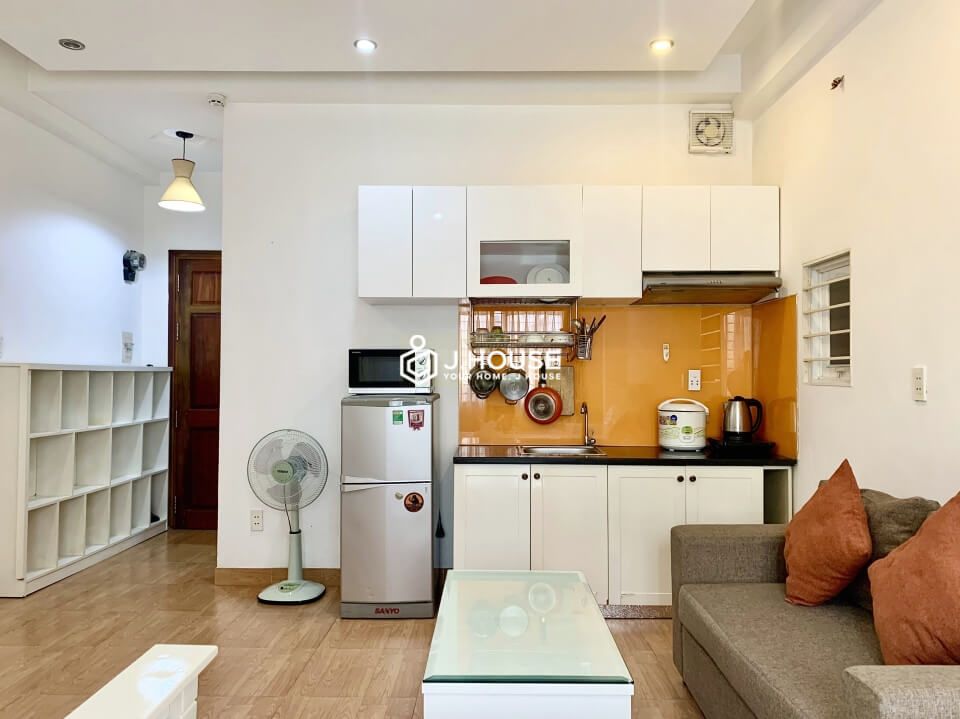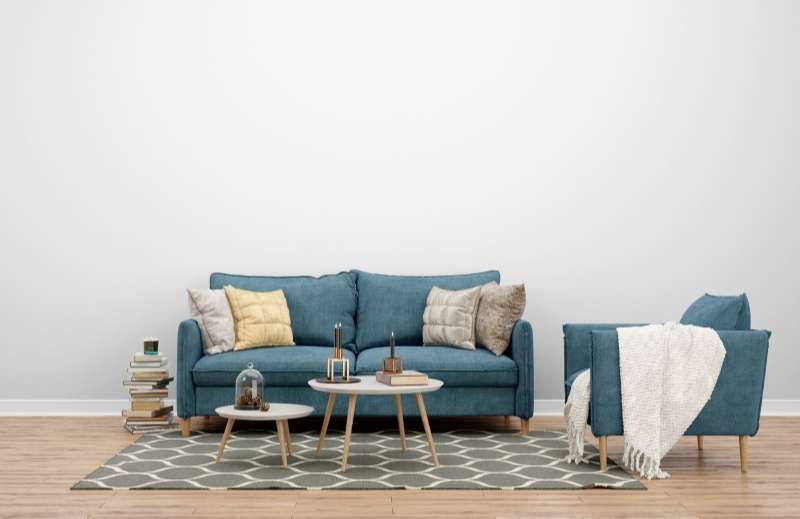[:en]Tenant’s guide to normal wear and tear when renting in Vietnam[:vi]Sự khác nhau giữa hao mòn tự nhiên và thiệt hại tại sản là gì?[:]
Latest Posts
Latest Properties
[:en]Tenant’s guide to normal wear and tear when renting in Vietnam[:vi]Sự khác nhau giữa hao mòn tự nhiên và thiệt hại tại sản là gì?[:]
Related Posts
[:en]JHouse and Visa Oriental partnership signing ceremony providing all visa services, TRC, Work Permit for JHouse's customer. Bringing added value and convenient services to foreigners when coming to Vietnam to travel and work long-term.[:vi]Lễ ký kết hợp tác giữa JHouse và Visa Oriental cung cấp toàn bộ dịch vụ visa, TRC, Work Permit cho khách hàng của JHouse. Mang đến những dịch vụ gia tăng và thuận tiện cho người nước ngoài khi đến Việt Nam du lịch và làm việc lâu dài.[:]
[:en]JHouse Co., Ltd and Poste Co., Ltd partnership signing ceremony providing housing services for Japanese in Ho Chi Minh City, Vietnam[:vi]Lễ ký kết hợp tác giữa Công ty TNHH JHouse và Công ty TNHH Poste cung cấp dịch vụ nhà ở cho người Nhật tại Thành phố Hồ Chí Minh, Việt Nam[:]
[:en]A furnished apartment is an apartment that comes with essential furnishings & household items that make a place livable. Read now what is included inside apart[:vi]Căn hộ full nội thất là căn hộ đi kèm với đồ nội thất và trang thiết bị để tạo nên một nơi có thể sống được. Đọc ngay căn hộ đầy đủ nội thất bao gồm những gì[:]
[:en]Penthouse is an apartment on the top floor of a building, high ceilings, spacious, open space and luxurious design with amazing views. Read pros & cons now[:vi]Căn hộ penthouse là căn hộ trên tầng cao nhất của một tòa nhà, trần nhà cao, không gian mở và thiết kế sang trọng với view toàn cảnh. Đọc ngay ưu nhược điểm[:]
[:en]Living in a basement apartment means you live underground. 5 pros and 7 cons and 5 important notes before renting a basement apartment. Read now to know[:vi]Sống trong căn hộ tầng hầm đồng nghĩa với bạn sống dưới lòng đất. Tất cả ưu và nhược điểm và các lưu ý quan trọng khi thuê căn hộ dưới tầng hầm. Đọc ngay để biết[:]
[:en]Loft apartment is an attic or loft apartment with an industrial design that exposes walls, ceilings & pipes. What makes a real loft? and loft designs in Vietnam[:vi]Căn hộ loft là căn hộ ở tầng áp mái hoặc có gác xép với thiết kế công nghiệp để lộ ra tường, trần và đường ống. Đặc trưng của loft apartment là gì? Đọc ngay[:]
[:en]Studio apartment or single apartment is a small-sized apartment with no partition separating the bedroom from the rest. Read now 10 pros & 5 cos before renting[:vi]Căn hộ studio hay studio apartment là căn hộ diện tích nhỏ, không có vách ngăn phân chia phòng ngủ với phần còn lại. Đọc ngay 10 ưu điểm và 5 nhược điểm[:]
[:en]Understanding the popular types of apartments for rent in Vietnam will help you save time and choose the best apartment. Read now 11 types of apartments to start[:vi]Hiểu các loại căn hộ cho thuê phổ biến sẽ giúp bạn tiết kiệm thời gian và chọn thuê loại căn hộ tốt nhất. Đọc ngay 11 loại căn hộ khác nhau để bắt đầu tìm kiếm[:]
[:en]Security deposit agreement is an agreement to secure the performance of a lease agreement between tenant & landlord. Download sample security deposit agreement 2021[:vi]Hợp đồng đặt cọc thuê nhà là thỏa thuận để đảm bảo thực hiện hợp đồng thuê nhà giữa bên thuê và bên cho thuê. Download ngay hợp đồng đặt cọc mẫu chuẩn 2021[:]
[:en]Most renters want their full security deposit back when they move out. But landlord can be deducted from security deposit. Read now tips to protect your deposit[:vi]7 trường hợp trừ tiền đặt cọc phổ biến và các giải pháp giúp bạn tránh các tranh chấp tiền đặt cọc thuê nhà, lấy lại toàn bộ số tiền đặt cọc. Đọc ngay để áp dụng[:]
[:en]How to get your security deposit refund? Get your full deposit back quickly with JHouse's 4-step process, simple and easy to follow. Read and apply now[:vi]Làm thế nào để nhận lại tiền đặt cọc thuê nhà của bạn? Cách lấy lại toàn bộ tiền cọc nhanh chóng với quy trình 4 bước của JHouse. Hãy đọc và áp dụng ngay[:]
Môi giới bất động sản tự do thành công cần tự tin về kiến thức, tư duy hệ thống để làm việc tập trung và kiểm soát rủi ro tốt. Mối quan hệ rộng và thương hiệu cá nhân uy tín để nâng cao hiệu quả
Nên làm môi giới bất động sản tự do hay vào làm cho một công ty nào đó? Bài viết chuyên sâu so sánh thiệt-hơn và thành-bại dựa vào thực tế giữa làm tự do và công ty tại Việt Nam
[:en]Benefits of Serviced apartments is a great choice for you with comfortable & convenient space. Private & cost-effective with full furniture & services to make you feel at home[:vi]Lợi ích của căn hộ dịch vụ là một lựa chọn tuyệt vời của bạn với không gian thoải mái và tiện nghi. Cung cấp đầy đủ nội thất với dịch vụ đi kèm tạo cảm giác như ở nhà của bạn[:]
[:en]Serviced apartment is a combination between a normal apartments and services such as: housekeeping, laundry, dishwashing, parking, internet, cable TV, maintenance[:vi]Căn hộ dịch vụ là sự kết hợp giữa một căn hộ thông thường và các dịch vụ kèm theo như: dọn phòng, giặt đồ, rửa chén, giữ xe, internet, truyền hình cáp, bảo trì[:]



